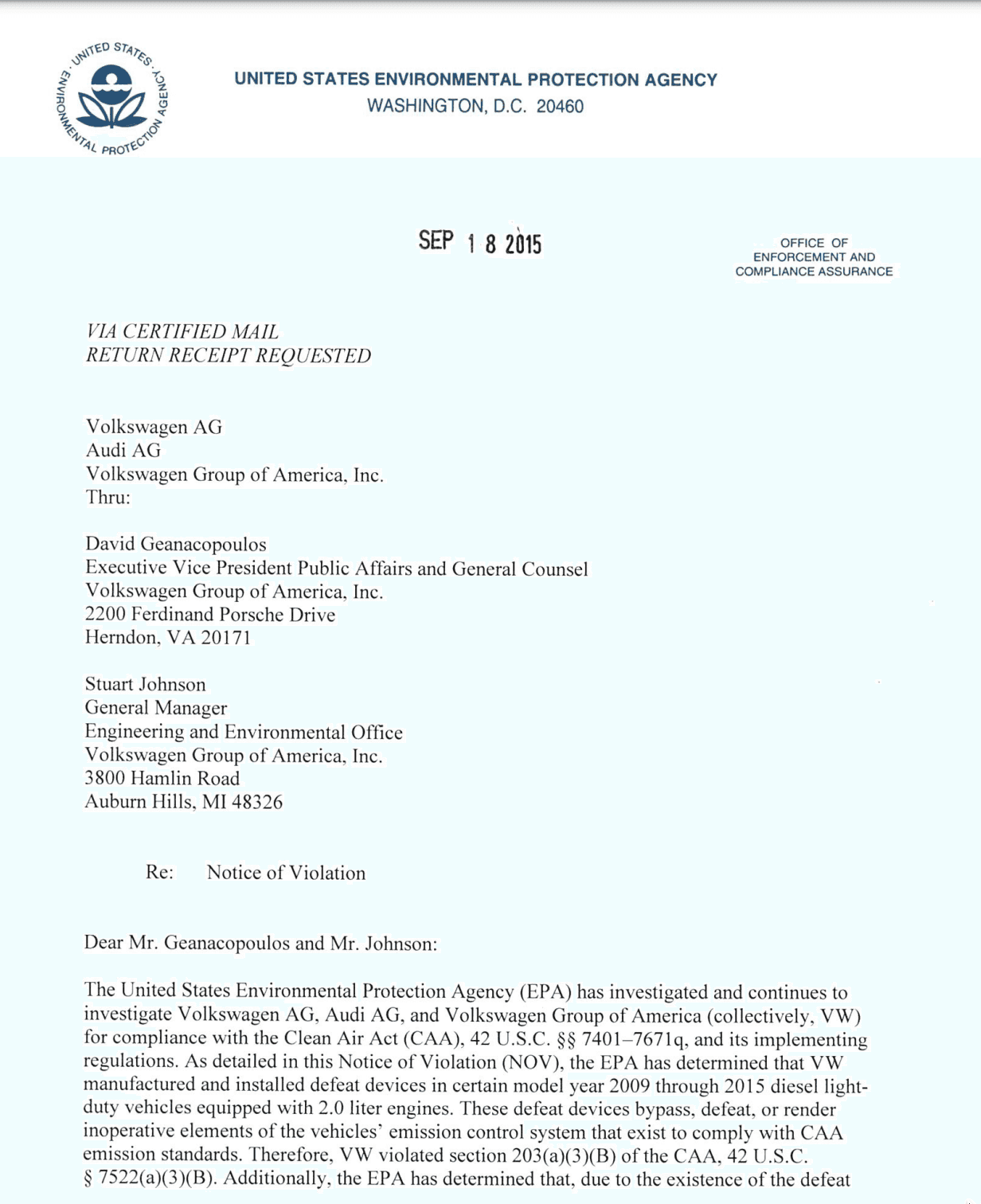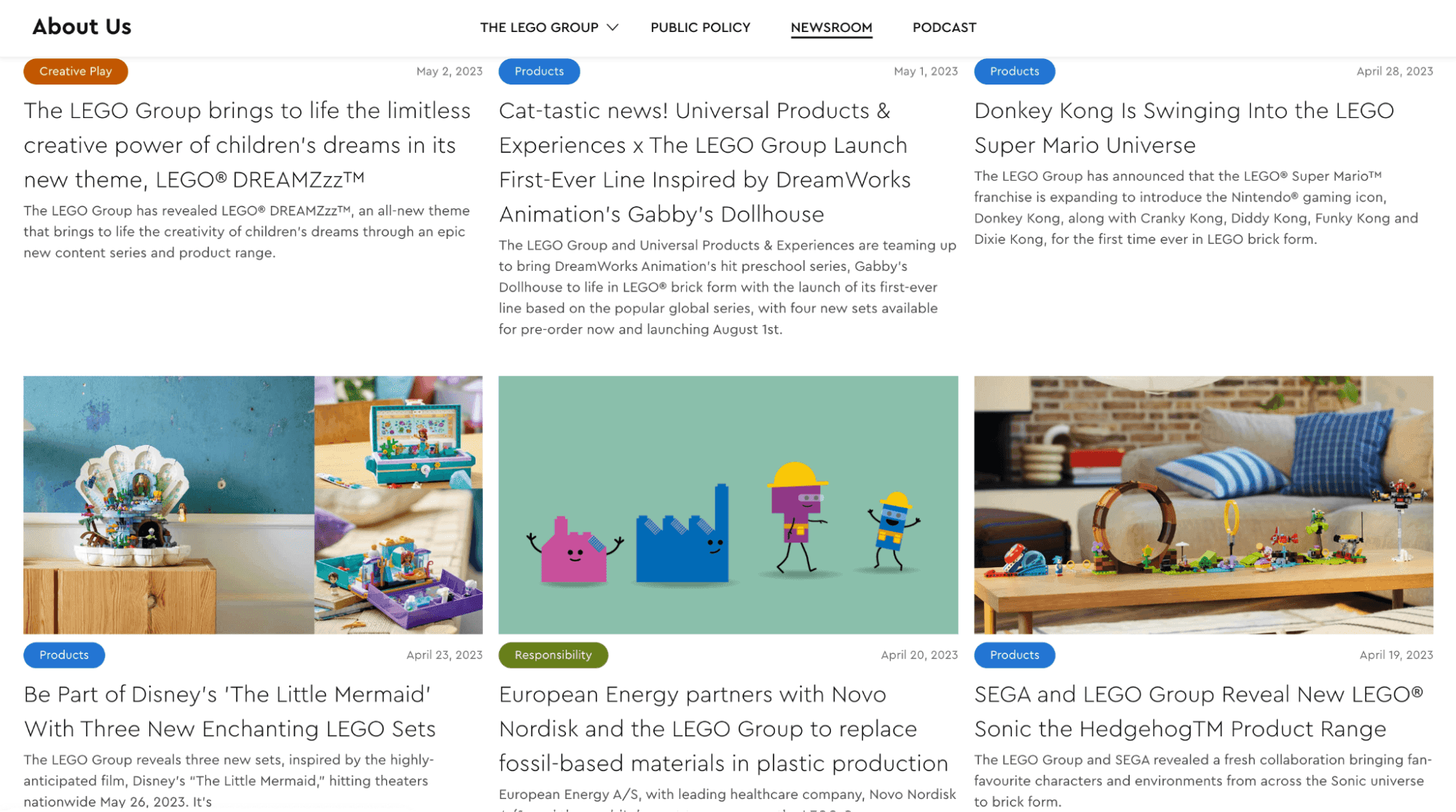A stellar brand reputation is more than just a fleeting measure of profitability. It’s a vital contributor to your business’s long-term success, shaping how customers perceive and interact with your business. It also means the difference between enthusiastic recommendations and ruthless attempts to tarnish your brand image.
Read on to learn what goes into building and maintaining a resilient reputation for your brand.
What Is Brand Reputation?
Brand reputation is the collective judgment of your brand by people who matter: your customers, employees, competitors, investors, and stakeholders. It’s shaped by multiple factors like your logo, product quality, social media presence, customer service, and online reviews.
At its core, a positive brand reputation has the magnetic ability to captivate customers and cultivate lasting bonds. When your company boasts a stellar reputation, it becomes a beacon of desirability and trustworthiness. People not only want to do business with you, but they also take pride in being associated with your brand.
Why Is Brand Reputation Important?
Brand reputation fosters customer confidence and loyalty in your business, ultimately driving profitability and long-term success. It’s an intangible asset that should be prioritized by building a strong brand positioning strategy and delivering quality and consistent experiences.
Here are the key reasons why brand reputation matters:
- Enhances customer trust and credibility: A positive brand impression instills trust in customers, making them more likely to choose your brand over competitors.
- Builds brand advocacy and customer loyalty: Satisfied customers become advocates, promoting your brand through positive word-of-mouth and repeat purchases.
- Increases sales revenue and profits: A strong brand reputation attracts new customers and encourages existing ones to make purchases, leading to higher sales revenue and increased profitability.
- Attracts top-level talent: A positive brand image attracts talented individuals who want to be associated with a reputable and successful organization.
- Drives employee retention: A strong brand reputation creates a positive work environment, fostering employee loyalty and reducing turnover.
- Provides a competitive edge: A reputable brand stands out from the competition, giving it a distinct advantage in the market.
How To Build A Positive Brand Reputation
Building a positive brand reputation goes beyond impressing your target audience. It also involves continuous monitoring and the ability to adapt your strategy as necessary.
Build Brand Reputation
Here are eight tips to build a stellar brand reputation and effectively manage any negative press:
Personalize customer experiences
Tailor your customer interactions at every touchpoint. Use customer data to offer personalized recommendations, curated content, or exclusive offers that meet their needs and preferences. This will make customers feel seen and understood, resulting in a lasting positive impression.
Build a strong online presence
Your website and social media profiles play a crucial role in shaping the first impression of your brand.
For your website, maintain consistent branding, tone, and messaging to create a strong brand identity that resonates with your mission and values. Simultaneously, leverage social media to share valuable knowledge, engage with target customers, and showcase your expertise and products.
WOW with customer service
Train your team to treat every customer interaction as an opportunity to impress. Ensure they’re friendly, helpful, and proactive in problem-solving. You can also send thank-you notes, offer exclusive perks, and ask for feedback to make them feel valued and supported.
Be transparent and honest
To establish a strong online reputation, it’s crucial to be honest and transparent about what your business offers. Share your values, policies, and unique value propositions to build customer trust. Avoid any misleading, dishonest, or vague pitches that may undermine your brand’s credibility.
Publish engaging, high-quality content
Create actionable and informative content that resonates with your target audience. You can bring in the expertise of seasoned content writers or digital marketing agencies, too. Remember, consistency is key! Stick to a regular publishing schedule to rank higher in the SERPs.
Manage customer reviews
Claim your business profiles on customer review platforms like G2 or Yelp and encourage past (happy) customers to leave reviews. Express gratitude for positive reviews and acknowledge the negative ones to show your brand is committed to resolving issues and values feedback.
Collaborate with influencers
Seek out influencers who have engaged audiences to expand your reach and enhance your reputation. Look beyond follow counts and focus on engagement and authenticity. Actively collaborate with influencers to co-create impactful stories involving your brand.
Leverage user-generated content (UGC)
Encourage your customers to share their experiences with your brand, and then post their photos, videos, stories, and testimonials (with their permission, of course!) on your website on social media platforms. This not only fosters a sense of community but also builds trust and credibility.
Monitor Brand Reputation
Brand reputation monitoring is all about having your finger on the pulse of what the world is saying about your brand and products online. It’s a proactive strategy that allows you to forge strong relationships with customers, enhance customer service, and swiftly tackle any potential reputation crises.
There are two ways to keep a vigilant eye on your brand’s reputation:
- Set Google alerts for your domain name, industry-specific keywords, and even your competitors. You’ll gain valuable insights into who’s talking about your brand, your industry, and the latest buzz.
- Use a reputation management tool to track reviews, comments, and brand mentions across various online platforms, from review sites to social media. Choose options with sentiment analysis to get a sneak peek into the “temperature” of public opinion surrounding your brand and products—whether they view them in a positive, negative, or neutral light.
Whichever method you choose, the key is to actively engage with every mention of your brand. Keep the communication flowing, especially when encountering unfavorable opinions or complaints. Show the world that you’re listening and ready to take action.
Examples Of Negative Brand Reputations
Theranos
Theranos, a blood-testing startup, promised revolutionary diagnostics with just a pinprick of blood. However, their technology was unreliable and fraudulent. Journalist John Carreyrou exposed their false claims, employee intimidation, and incorrect results. Despite denials and legal threats, Theranos shut down, leading to the downfall of CEO Elizabeth Holmes, who was convicted of fraud. Their lack of integrity damaged their brand reputation, leaving former employees in uncertainty.
Volkswagen
Volkswagen, the German car giant, faced a severe brand reputation crisis due to the “diesel dupe” scandal. They installed a deceptive “defeat device” software in their diesel engines to cheat emissions tests, affecting 11 million cars worldwide. This deceit, coupled with misleading marketing claims, worsened the impact. VW’s lack of transparency and initial denial further harmed its reputation, leading to the resignation of its CEO and significant financial losses.
Examples Of Positive Brand Reputations
Nike
Nike is renowned for its quality athletic gear and impactful marketing campaigns, but even the best can stumble at times. And when it does, the brand swiftly springs into action to address customer complaints, ensuring their satisfaction remains a top priority. Take this tweet, for example:
Nike goes beyond problem-solving by actively interacting with everyday users. It showers compliments on customers flaunting their kicks and guides eager shoppers to the right links for their needs. This simple approach works like magic, fostering trust and fostering an unbreakable bond of loyalty with their customers.
Lego
Recognizing a gender disparity in its customer base in 2011, Lego introduced Lego Friends, a game tailored to appeal to girls by incorporating features they sought in construction toys. The result? An incredible surge in the value of their construction toys, skyrocketing from $300 million to a whopping $900 million.
The brand has since continued to innovate and create new variations that appeal to both girls and boys. Lego owes a significant part of its enduring success to its remarkable reputation as an inclusive brand with a strong moral compass and progressive social values.




